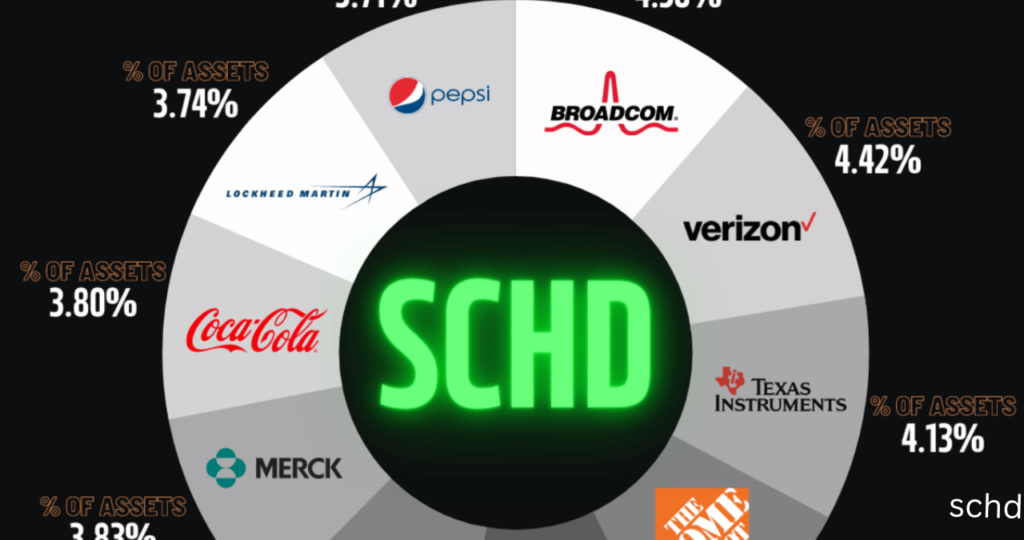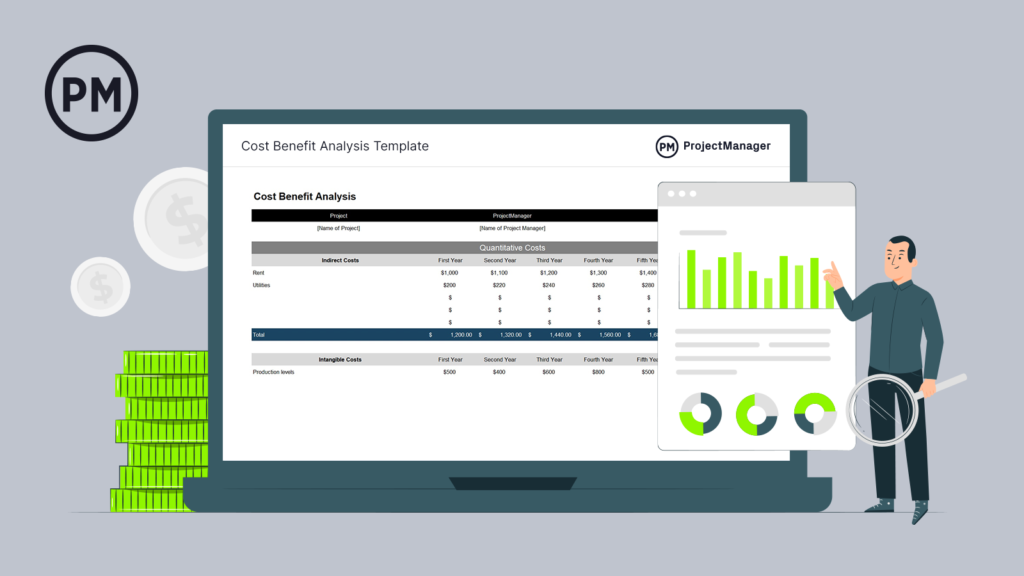
"schd "
Introductionschd
Investing in dividend-paying stocks has long been a favored strategy for those seeking stable income and long-term growth. Among the various dividend-focused schd
exchange-traded funds (ETFs), the Schwab U.S. Dividend Equity ETF (SCHD) has emerged as a top choice for investors. Offering a blend of high-quality dividend-paying companies with a cost-effective approach, SCHD provides a balanced mix of income generation and capital appreciation.
As market volatility continues to impactschd
portfolios, investors are increasingly turning to dividend ETFs like SCHD to provide a cushion against economic downturns. The fund’s emphasis on companies with a strong dividend history ensures consistent payouts, making it particularly attractive for retirees and income-focused investors. Furthermore, SCHD’s low expense ratio enhances its appeal, allowing investors to maximize returns without incurring high management fees.
In this guide, we will explore the key aspects of SCHD, from its investment strategy and performance to its benefits and potential risks. Whether you’re a seasoned investor or a beginner, understanding SCHD’s role in a well-balanced portfolio is essential for making informed investment decisions.
Understanding SCHD: What is it?
The Schwab U.S. Dividend Equity ETF (SCHD) is an exchange-traded fund designed to track the Dow Jones U.S. Dividend 100 Index. This index focuses on U.S. companies with a solid history of paying dividends while maintaining strong financial health. Unlike someschd
dividend ETFs that prioritize high-yield stocks, SCHD emphasizes both yield and sustainability, ensuring that investors receive consistent dividend income without excessive risk exposure.
SCHD is structured to provide broad exposure to high-qualityschd
dividend-paying stocks across various sectors. The fund selects companies based on a set of financial criteria, including profitability, cash flow, and dividend growth. By filtering out companies with unstable or unsustainable dividend policies, SCHD ensures that only financially sound businesses make it into the portfolio.
A significant advantage of SCHD is its cost-effectiveness. With an expense ratio of just 0.06%, it offers investors a low-cost way to gain exposure to dividend-paying companiesschd
without the need for active stock selection. This makes SCHD an attractive option for both passive investors looking to build wealth over time and income-focused investors seeking steady dividend payouts.
Key Features and Investment Strategy
Dividend Growth Focus
One of the defining features of SCHD is its emphasis on companies with a strong track record of dividend growth. The fund focuses on stocks that have consistently increased
dividend payouts over time, ensuring a reliable income stream for investors. This strategy not only provides regular income but also offers the potential for long-term capital appreciation as dividend-paying companies tend to perform well in various market conditions.
Stock Selection Criteria
SCHD’s stock selection process is based on strict financial criteria. Companies must have a minimum of 10 years of dividend payments to be considered. Additionally, they are evaluated based on financial health, return on equity, and dividend yield. This approach helps eliminate companies with unsustainable dividend policies or weak fundamentals.
Low Expense Ratio and Cost Efficiency

With an expense ratio of 0.06%, SCHD is one of the most cost-effective dividend ETFs available. This low fee structure allows investors to keep more of their returns, making SCHD an excellent choice for long-term portfolio growth.
Sector Allocation and Diversification
SCHD maintains a diversified portfolio by investing across variousschd
sectors. While it is heavily weighted in industries such as consumer goods, healthcare, and technology, it avoids over-concentration in any single sector. This diversification helps reduce risk while maintaining exposure to strong dividend-paying companies.
Performance Analysis of SCHD
Historical Performance Compared to Benchmarks
SCHD has demonstrated strong historical performance compared to major benchmarks like the S&P 500. While it may not always outperform the S&P 500 in bullish markets, it tends to offer better downside protection during market downturns.
Dividend Yield and Payout Trends
The fund maintains a competitive schd
dividend yield, typically ranging between 3% and 4%. Its focus on dividend growth means that investors can expect steady increases in payout amounts over time, making it a reliable source of passive income.
Risk and Volatility Considerations
SCHD has relatively lower volatility compared to other equity funds, making it suitable for conservative investors. However, like any equity investment, it is not entirely risk-free, and schd
economic downturns can impact dividend payments.
5. Benefits of Investing in SCHD
- Consistent Income Through Dividends: SCHD provides reliable dividend income, making it ideal for retirees and income-focused investors.
- Potential for Capital Appreciation: Along with dividends, SCHD’s holdings have historically shown strong price appreciation.
- Tax Efficiency: SCHD is a tax-efficient investment, particularly for long-term holders in tax-advantaged accounts like IRAs.
- Strong Holdings of High-Quality Companies: The fund includes industry leaders with solid financials and dividend growth histories.
SCHD vs. Other Dividend ETFs
SCHD vs. VYM (Vanguard High Dividend Yield ETF)
While both funds focus on dividends, SCHD emphasizes dividend growth, whereas VYM primarily targets high-yield stocks. This makes SCHD a better choice for long-term growth.
SCHD vs. DGRO (iShares Dividend Growth ETF)
DGRO focuses on companies with consistent dividend increases, si milar to SCHD, but SCHD’s stricter selection criteria result in a more focused portfolio.
SCHD vs. SPHD (Invesco S&P 500 High Dividend Low Volatility ETF)
SPHD prioritizes high dividends with low volatility, but its selection process results in more turnover. SCHD provides a better balance between yield and stability.
Potential Risks and Considerations
- Market Risks Affecting SCHD Performance
- Dividend Sustainability Risks
- Alternatives for Different Risk Tolerances
Conclusion
SCHD is an excellent investment choice for those seeking a blend of income and growth. Its strong selection criteria, low fees, and diversified portfolio make it one of the best dividend ETFs available. Whether you’re looking for steady passive income or long-term appreciation, SCHD is a valuable addition to any portfolio.
FAQs
What is the current dividend yield of SCHD?
Around 3-4%, depending on market conditions.
How often does SCHD pay dividends? Quarterly.
Is SCHD a good investment for retirees?
Yes, due to its consistent income.
Can SCHD be held in tax-advantaged accounts?
Yes, it is suitable for IRAs.
How does SCHD compare to S&P 500 ETFs?
SCHD focuses on dividends, while S&P 500 ETFs prioritize total market growth.
You May Also Read: https://usabuzwire.com/floor-and-decor-return-policy/






